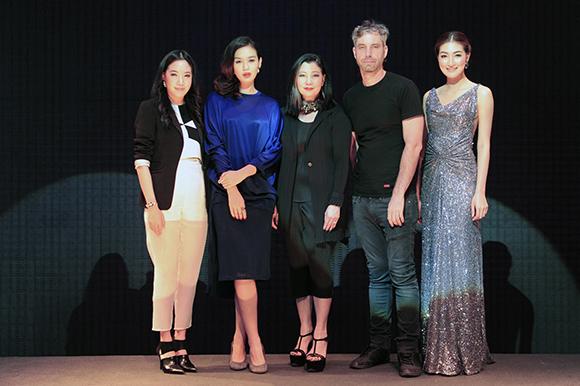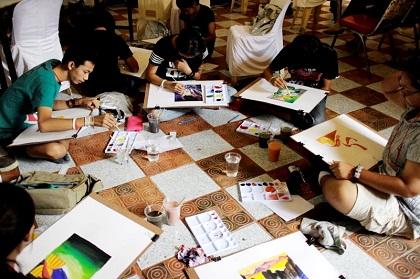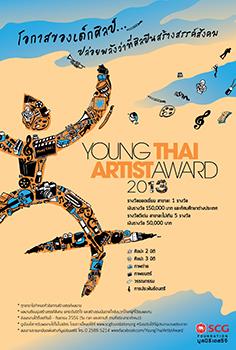The Embassy of the Czech Republic in Bangkok is exhibiting a series of 46 drawings by children who were imprisoned in the Nazi Concentration Camp of Theresienstadt (Terezin) during World War II.
The opening of the exhibition will take place on March 15th at 2 pm in the presence of the Ambas-sadors of Germany and the Czech Republic and Israel as well as Professor Henry Wilde, a survivor of Theresienstadt.
Theresienstadt is located in what is now the Czech Republic, and was part of the Nazi system of prison and death camps scattered over occupied Europe in World War II, where Jews, other ethnic minori-ties and political enemies were held and murdered. A total of 15,000 children under the age of ?fteen were interned in the ghetto between 1942 and 1944. Fewer than 100 survived.
The Theresienstadt camp knew many artists, writers and scholars, among them the renowned female artist Friedl Dicker-Brandeis. She conducted drawing classes for the camp’s children, helping them to en-dure the harsh reality of their uprooted lives. When Friedl Dicker-Brandeis was deported to the death camp of Auschwitz in 1944, she left behind her two suitcases containing more than 4000 children’s drawings. Today the children’s paintings are part of the Collection of the Jewish Museum in Prague.




